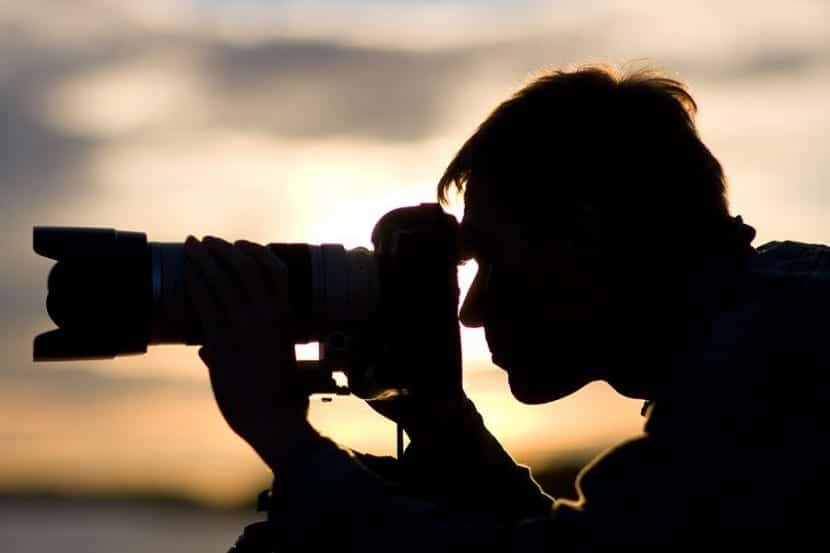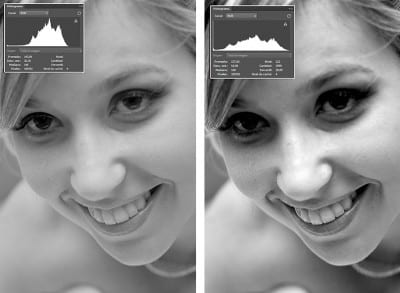
The photographic camera has undergone a dizzying development. From the most remote origin of the camera obscura to the digitization process, we have been participants in the formation of the photographic camera almost like a living being, a kind of being that like any living entity has managed to perfect itself and adapt to the demands and capabilities of civilization. Studies in the field of perception and capture of our reality as well as its imprinting on a physical support have made it more accessible a parallel world where the concepts and traces of social experience are trapped in eternity, in the form of witnesses to our past.
Since we discovered that we could freeze time through a machine, we have started a race towards perfection, seeking more and more nuances, depth, and margins of action to turn the event of freezing into something trustworthy and complete. In fact, you will have noticed that each time the advances and proposals happen more quickly. Every week, almost every day, there are advances in our field that are reflected in the premiere of new devices designed to approach photography with greater precision. However, despite these important advances we have not yet reached the culmination of the process, we have not yet managed to reproduce the best photograph of our world: The one captured by our gaze. Surreal as it may seem, the best camera out there today is jealous of our eyes. But what is this almost inevitable inferiority due to? Keep reading and you will know what I am talking about!
The answer is clear: The responsible for this certain inferiority is the dynamic range. This is the parameter through which the comparison is established and the evolution of the camera by capturing machine is evaluated. We have already spoken on occasion or other about dynamic range but today I wanted to go a little deeper into this concept because it is basic for any professional in the world of imaging, and it is that through this parameter we are able to evaluate the amount of signals that our camera is capable of capturing and representing.
El Dynamic range (DynamicRange) of any object, medium or support (it is not something exclusive to a photographic camera) represents the amount of signals that it is capable of capturing, distinguishing or representing.
If this is so, we conclude that the greater the dynamic range of a camera, the more varied will be the set of signals that it is able to perceive, process and use. In the field of photographic cameras, the dynamic range is measured through the set of tones that can be perceived (from the darkest to the lightest).
But how can we measure the dynamic range of a photograph?
On many occasions we work with images of unknown origin (especially when we obtain them from a third party) and since we have not captured these images and we have not worked with the capture parameters, we can know where the range of our image is.
In these cases the histogram tool is essential. On many occasions we have talked about it (for example when we deal with the Lightroom application) and thanks to it we can have an orientation of the state of our image.
The histogram helps us analyze the state of our photography and detect errors and overexposed or underexposed areas. Through the histogram, we can find a balance and work on expanding the dynamic range.
Below I propose an example with two images that have different contrast values. The first is much less contrasted than the second, something that is reflected in the histogram.

In the first we find a complete absence of values in the shadow area and in the highlight area, while in the second we find a somewhat broader spectrum since after treating it we have increased the range of tones and shades including shades that tend to black and shades that tend to white.
Why is the Dynamic Range of a camera so important?
Lighting is the essence of the entire recruitment process. We work with light in primary terms, this is the true protagonist that expands, is reflected or is absorbed by the objects on which it acts. Imagine that we are going to take a screenshot of a scene that presents a very light object and another very dark, for example a backlight. In these cases, a camera must have a minimum dynamic range to be able to represent and capture our well-defined objects and with some precision.
Those cameras that present a low dynamic range will reproduce errors, a very poorly defined image and a lack of nuances in the most illuminated areas and in the less illuminated areas.
This is directly related to the f numbers, a tremendously important concept and that we will discuss in greater depth in subsequent articles.